We independently evaluate all recommended products and services. If you click on links we provide, we may receive compensation.
Search “anti-aging skin care” on TikTok, and you’ll undoubtedly be met with a slew of videos extolling the virtues of tretinoin. The hero ingredient is said to help smooth wrinkles, diminish the look of pores, and banish dullness; triple board-certified dermatologist Mamina Turegano, M.D., even hails it as the secret to “aging backward.” No doubt, these are big claims to make. But before you dive in with tretinoin, there are a few things you should know.
First, some background. Tretinoin is a potent retinoid (and vitamin A derivative) that’s FDA-approved for the treatment of age-related skin concerns, including fine lines, wrinkles, and discoloration. In the United States, it’s available only via prescription (though many other countries allow you to purchase it over the counter). Most often, it comes in a gel or cream form and can range in strength from .025% to .1%.
Studies show that tretinoin is incredibly effective at minimizing — and, in some cases, preventing — the visible signs of aging. The potent ingredient promotes skin cell turnover and stimulates collagen production, resulting in smoother, firmer, brighter skin over time. It can also help treat some forms of acne. So, as far as skin benefits go, yes — tretinoin deserves the hype it gets (though it won’t literally make you age in reverse). But it’s not without its risks. Because it’s a stronger retinoid, it’s more likely to cause dryness and irritation than gentler versions. Those with acne-prone skin may also experience “purging” — essentially, an uptick in breakouts — while their skin acclimates to the product. And it can make your skin more sensitive to the sun’s harmful UV rays (here’s your timely reminder to wear sunscreen!).
If you’re interested in adding tretinoin to your routine, consult your dermatologist in person or via an online provider such as Curology or Apostrophe. They may have you start out with a gentler retinoid before moving on to tretinoin, or they may recommend alternative ingredients (such as bakuchiol) that provide similar anti-aging benefits with fewer potential side effects.
This article is for general informational purposes only.
Affiliate Disclaimer Medical Disclaimer



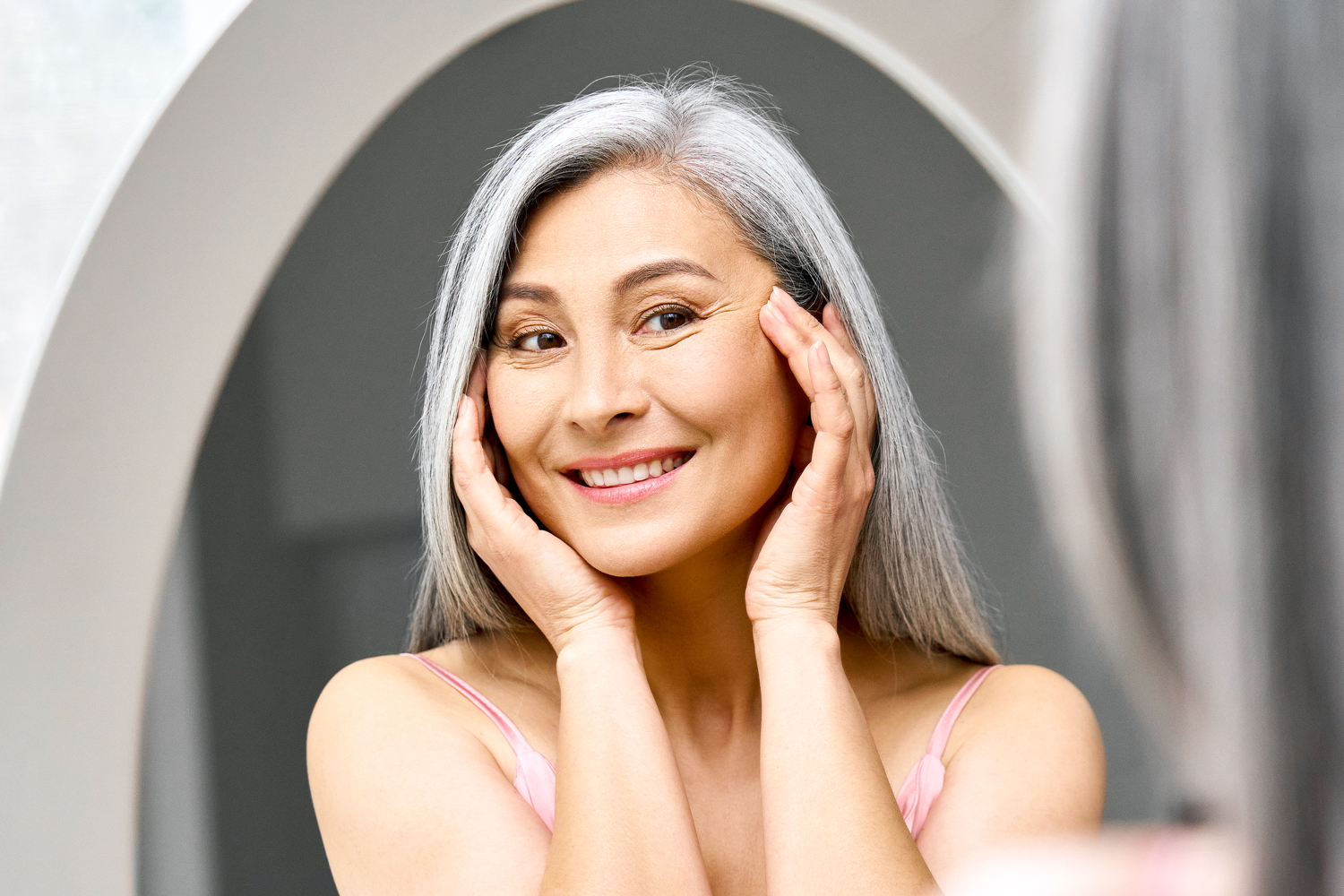
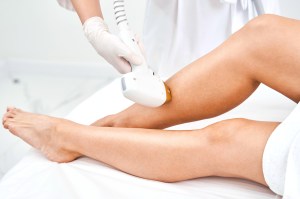


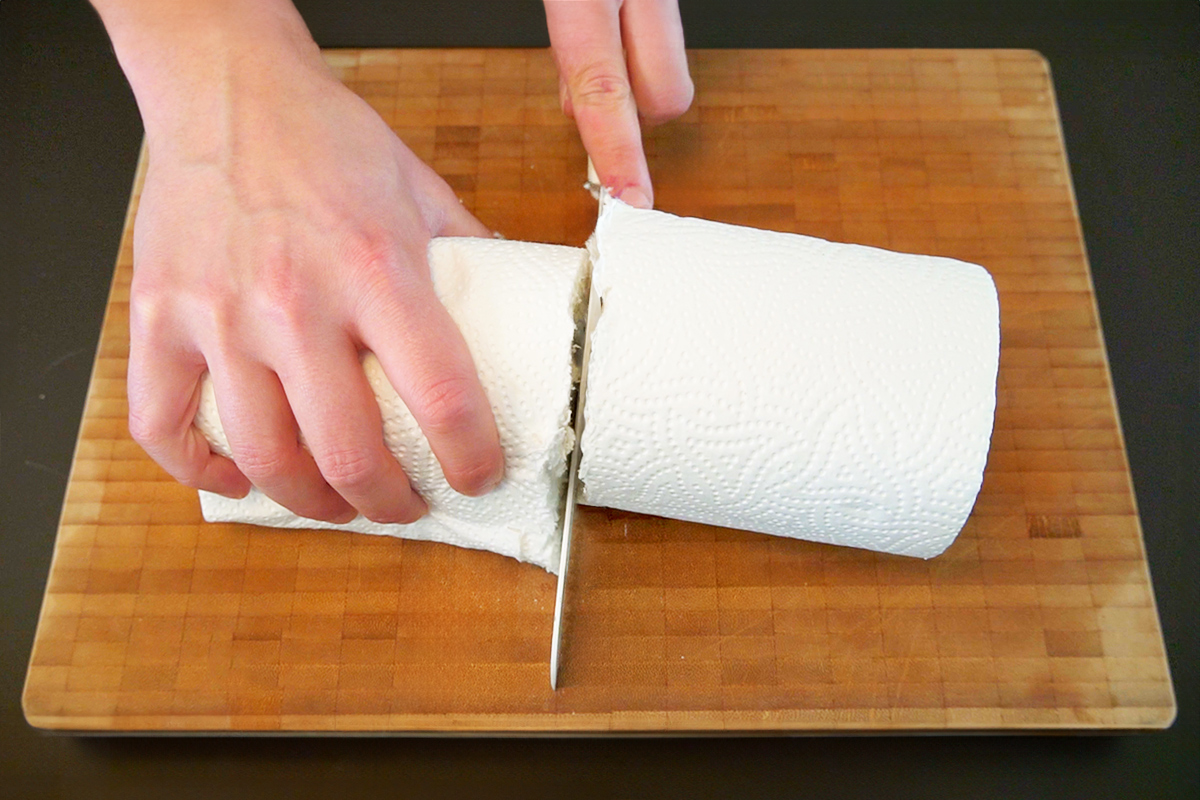

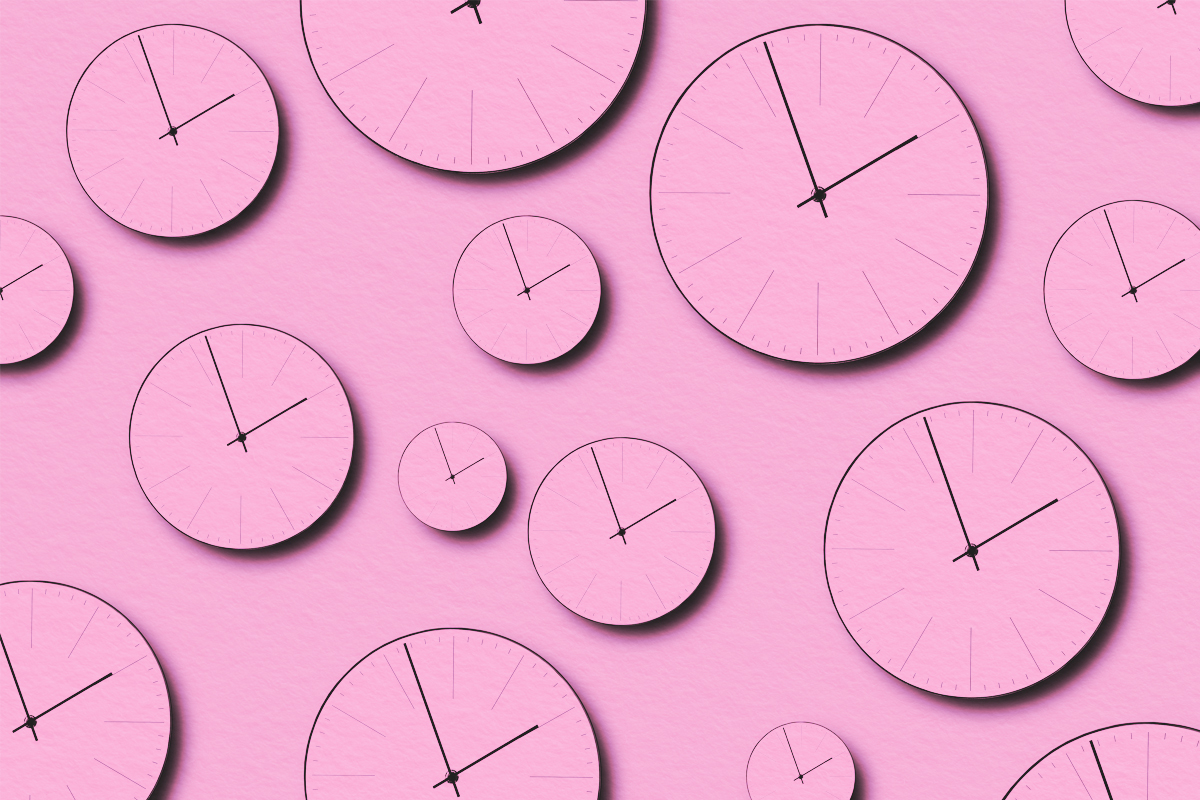



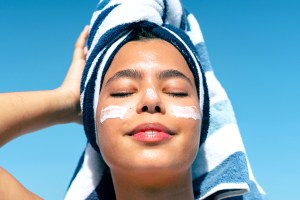


 Unique Beauty is free for all users.
Unique Beauty is free for all users.